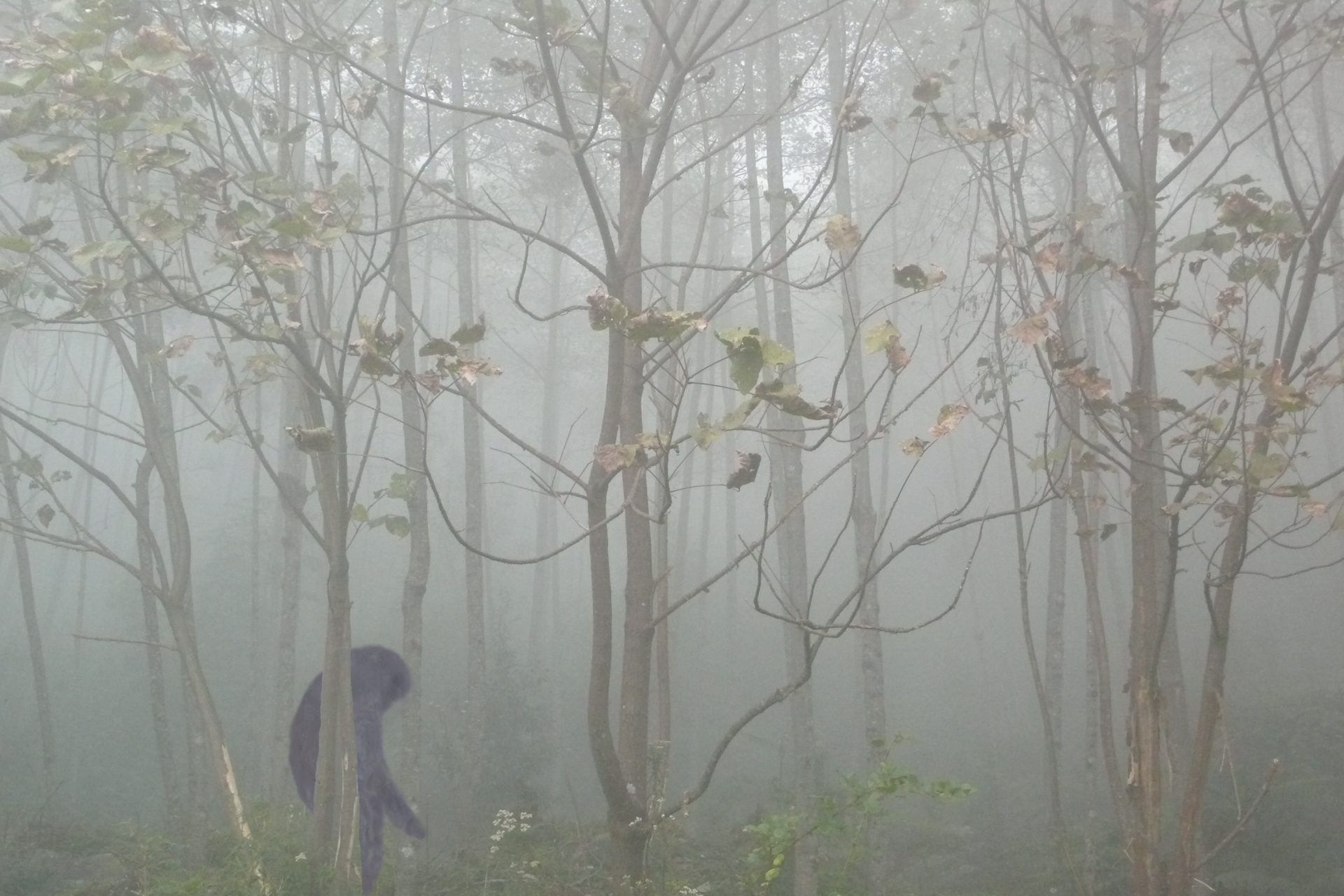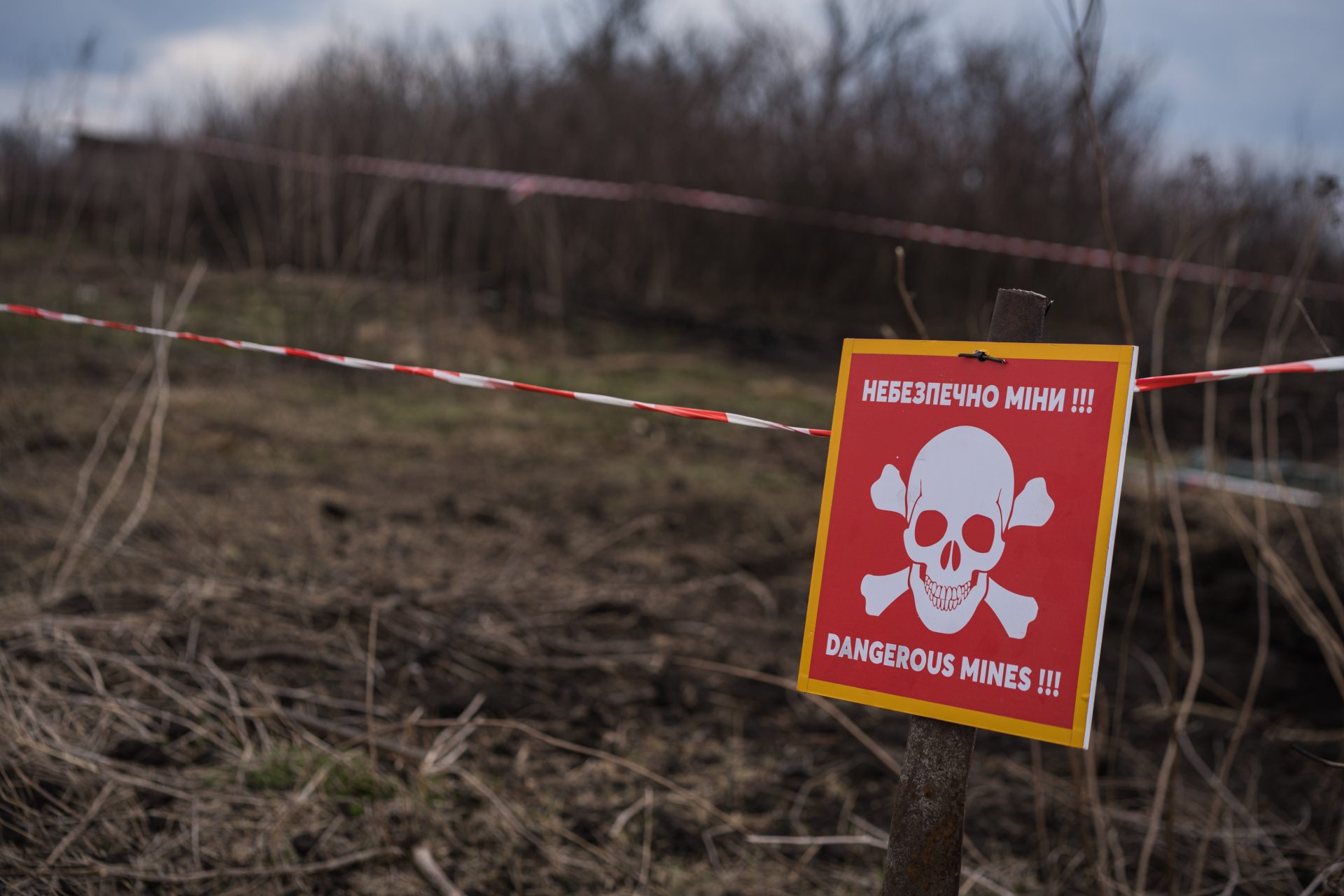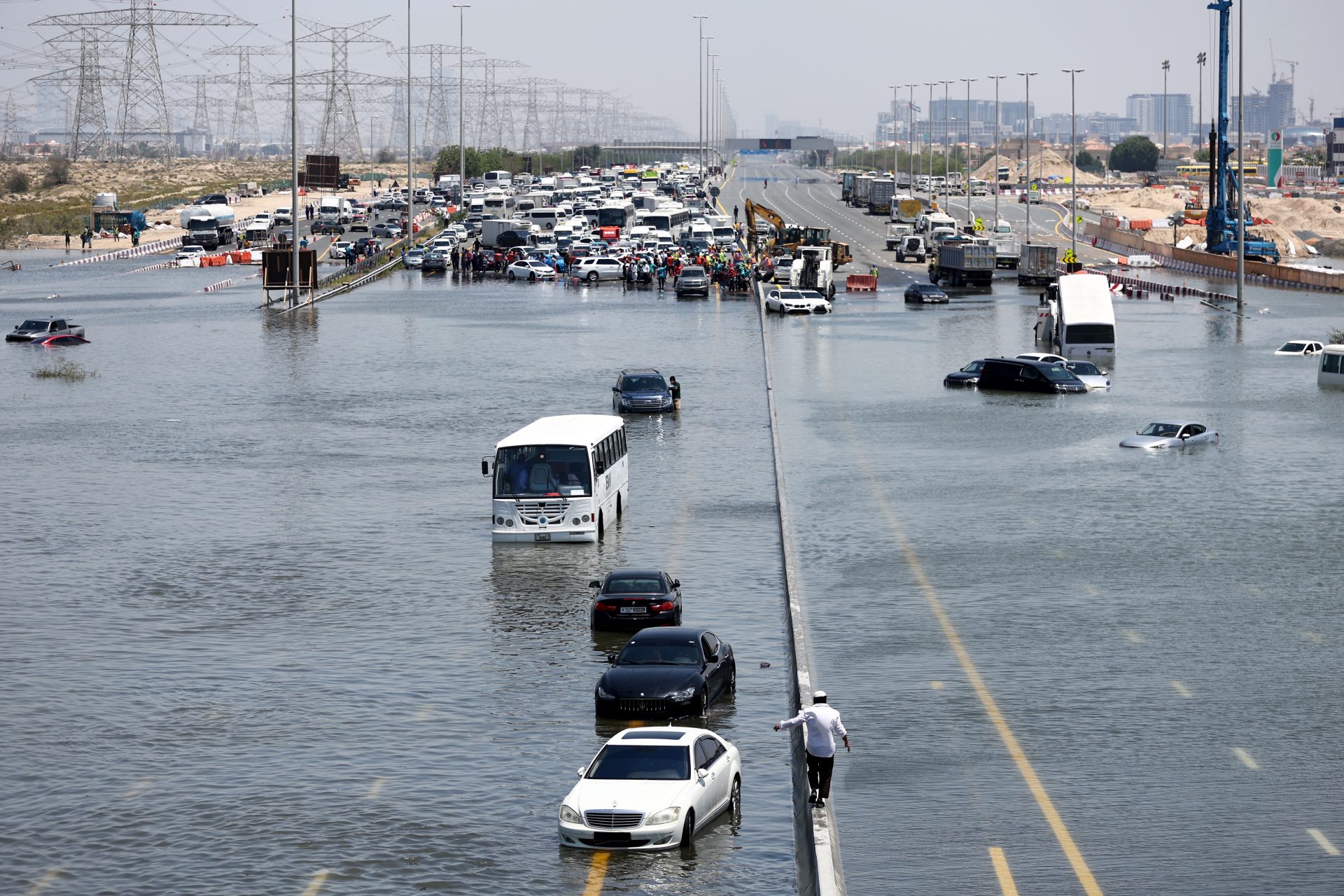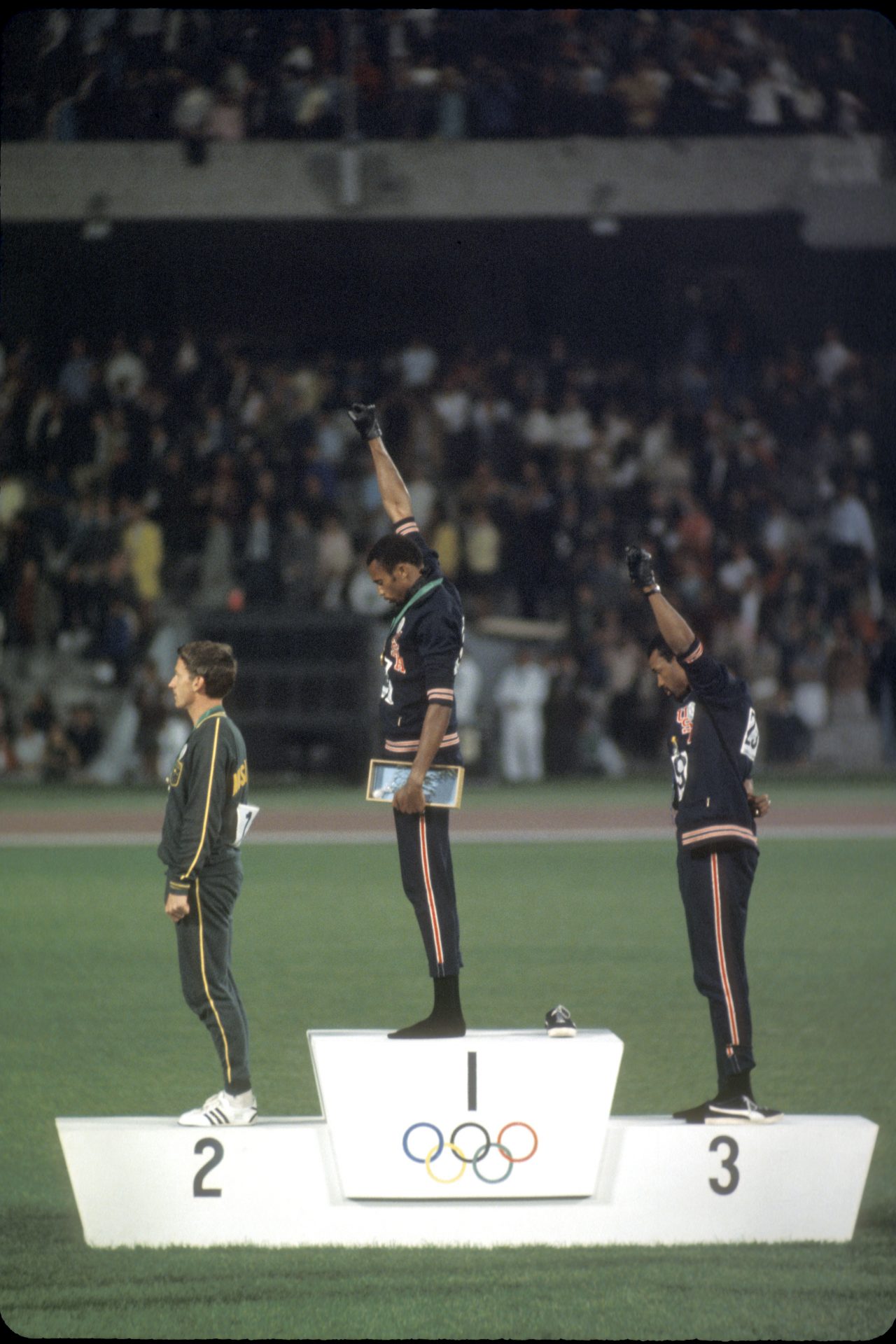Ukraine dam collapse puts Europe's largest nuclear plant at risk
The destruction of the Kakhovka Dam in the Dnipro River has caused significant destruction, as the water has flooded dozens of towns. However, the dwindling water supply might have further consequences for Europe's largest nuclear plant.
According to NPR, the dam collapse critically affects the water supply necessary to cool off the carbon rods of the Zaporizhzhia nuclear power station, which lies downstream Kakhovka.
Experts agree that the decreasing levels of water of the Kakhovka Reservoir, which serves the nuclear plant, won't be immediate but puts yet another strain on the Zaporizhzhia nuclear plant.
The governments of Russia and Ukraine blame each other for busting the dam, with NATO siding with Kyiv. Moscow has been controlling the dam since the beginning of the war.
Rafael Grossi, head of the United Nations International Atomic Energy Agency (IAEA), inspected the Russian-controlled Zaporizhzhia Nuclear Power Plant and stated that it would take a few months before the cooling water supply was depleted.
The nuclear power plant will also use backup water sources to cool off its six reactors, Grossi adds.
The UN report highlights that the water channel discharge from the nearby Zaporizhzhya Thermal Power Plant have been crucial in guaranteeing that the nuclear reactions continue to work without much problem.
This is not Grossi's first time making dire warnings about the Russian-controlled Zaporizhzhia Nuclear Power Plant. In September 2022, he argued that both sides were playing with fire.
The UN report recommended creating a security and protection zone around the nuclear facility, where no fighting would be allowed, as the constant shelling around the plant creates an ever-present risk.
According to Grossi's 2022 report, as cited by The New York Times, the external power supply of the plant had been targeted, compromising the cooling system necessary for the proper running of Zaporizhzhia.
The nuclear power plant is based in the town of Enerhodar in the Zaporizhzhia province. More specifically, it’s east of the Dnipro River, next to the Donetsk region, and along the Ukrainian shore that has been speculated to serve as a corridor to connect Russian territory with the Crimean Peninsula.
It’s no surprise then that when Russia invaded Ukraine in February that the Zaporizhzhia province was soon occupied.
The BBC reported that Russian forces took over the nuclear plant in early March, where Ukrainian technicians are described as working “at gunpoint” by the invading troops. The team of UN experts confirmed the dire situation the plant workers have to face.
Nuclear power plant workers interviewed by the BBC comment that they work under constant stress, with limited communication and permanent surveillance. They describe their situation as being “hostages” of the Russian soldiers.
Pictured: Civilians evacuees of Enerhodar, some of them nuclear plant workers.
According to CNN, Ukraine has accused Moscow of using the plant as “a shield” to store away troops and weapons and launch attacks without being able to attack back for fear of hitting one of Zaporizhzhia’s six reactors.
Moscow, on the other hand, pointed the finger back at Ukraine for shelling the nuclear facility, without any regard for safety measures.
The international community has grown increasingly concerned that any misfire from either side might bring a nuclear disaster that would affect the whole of Europe, if not the entire world.
After all, the memory of the Chernobyl nuclear disaster in 1986 still remains, particularly in Ukraine.
In fact, many were worried during the early stages of the Russian invasion of Ukraine that the troops incoming from the north towards Kyiv would disturb the zone of exclusion that surrounds the remains of the Chernobyl nuclear plant.
More for you
Top Stories
































